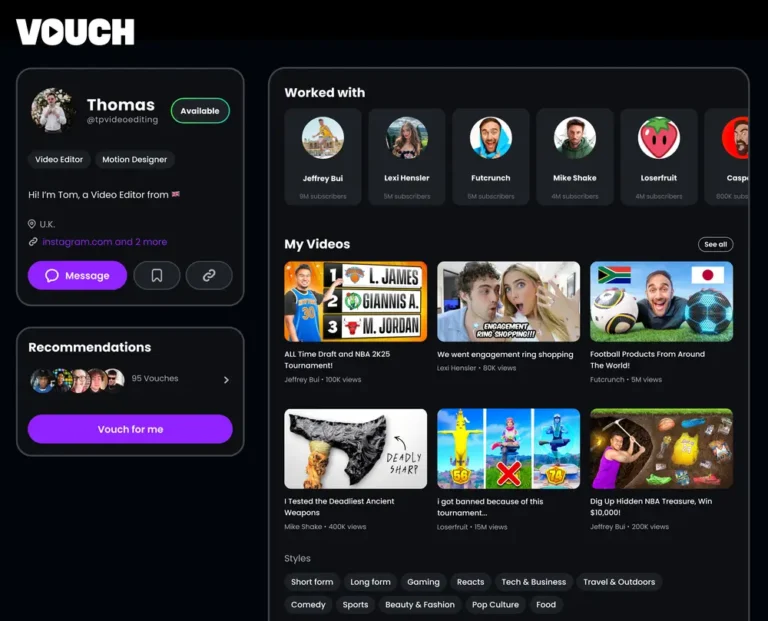Your coworker probably wants to be an influencer

Stacy Kim is a 20-year-old Instagram nano influencer based in California.
Creating content online is more alluring than a traditional job for many people, new data by influencer marketing and technology platform IZEA found.
Fifty-four percent of 18-to-60-year-olds said they would quit their jobs if they could make a living as a full-time social-media influencer, IZEA found in its third annual survey that included over 1,200 US-based consumers and explored who considers themselves and aspires to be influencers.
There was no generational divide. People of all ages, from boomers to Gen Zers, said they would make the leap.
“This shift is not just a fleeting trend; it’s reshaping the future of work,” IZEA’s CEO and founder told B-17. “It’s a testament to how digital platforms are reshaping traditional employment models.”
In fact, 26% of consumers surveyed said they already considered themselves influencers because of how much time they spent online. Most of them were still juggling other jobs — 59% of the influencers surveyed said they worked full-time.
The share of influencers with a household income of over $100,000 has soared
Many social-media users have gained thousands of followers by sharing their unique experiences on topics like travel, finance, and fashion on platforms like TikTok and Instagram. After creating viral videos, scaling their online audience, and earning money through brand partnerships, affiliate marketing, and other income streams, some then quit their full-time jobs to pursue being a creator.
Some of the appeal of becoming a full-time influencer is the money that can be made by posting content for brands on social media IZEA’s survey found that 36% of influencers surveyed had a household income of $100,000 to $199,000 in 2023, up from 11% the previous year.
More money is expected to pour into the industry this year — Emarketer predicts US marketer spending on sponsored content will rise to $8.14 billion, a 16% increase year over year.
The industry can be financially unstable though, and some full-time influencers BI spoke with recently have pivoted back to the corporate world. They also wanted to benefit from working with other professionals, including building certain skills and working alongside a team.
“The idea of full-time content creation is often more glamorous than reality,” creator Mitchie Nguyen previously told BI. “As a full-time job, it can get incredibly lonely.”
Still, others have seen their income from posting online exceed their 9-to-5s and quit their day jobs, like TikToker and podcast host Ariana Nathani. A few months ago, the New York-based influencer left her full-time position at Johnson & Johnson to scale her social-media business.
“Leaving my job was a big risk, but I’m hoping the extra time and energy I’ll invest will pay off,” she previously told BI.
Most of her income now comes from paid partnerships, working with brands like Bumble and About Time Coffee to post sponsored content. She earned $49,700 from this revenue stream last year, according to documentation viewed by BI.
IZEA’s report found that 64% of social-media users would be willing to accept monetary compensation from brands to promote their products or services on their platforms. There’s also a correlation between how much time someone spends time online and the probability of getting paid to post. Consumers who spend more than five hours per day on social media are 4.4 times more likely to be compensated.
“This statistic illustrates that investing time in building an online presence and consuming content can directly translate into financial opportunities, reinforcing the significant role social media plays in today’s economy,” Murphy said.






